This week’s management notes discussed the issue of yearling ewe hoggets being identified as in-lamb when drafting for slaughter.
A statement that these animals should not be presented for slaughter has raised some questions regarding whether there is legislation in place to govern this topic and also what other rules govern an assessment of sheep being presented for slaughter.
EU regulation 1/2005, which is enforced in Ireland under statutory instrument SI 675/2006 governs the fitness of animals to travel and, in turn, also influences their suitability for slaughter, as, if an animal is not deemed fit for transport, it is not deemed as fit for slaughter and cannot enter the food chain.
Where there is a question mark over an animal’s suitability for slaughter, it will be assessed by veterinary personnel and where deemed unfit will be condemned.
Animal movement
The first area assessed is the movement of animals.
Animals must not be transported if they are unable to move independently, walk unassisted and remain standing or where there is a risk of them losing their balance during transport.
Animals which are presented with a severe open wound will be immediately condemned.
Examples of this include any surgical wound that reopens due to an infection or trauma.
Likewise, animals should not be transported if they have suffered from prolapse and where there is a risk that prolapsed organs (such as the rectum, vagina and uterus) can be easily damaged during transport, deteriorate further or where there is a risk of profuse or continuous bleeding.
Pregnant females (sheep or cattle) for whom 90% or more of the expected gestation period has already passed are prohibited, as are animals that have given birth in the previous week.
The other aspects highlighted are animals presented suffering from severe emaciation or severe bloat.



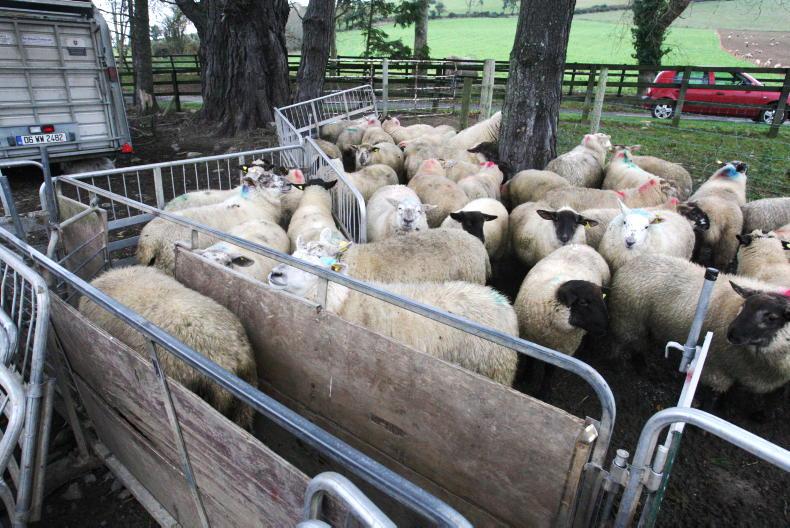

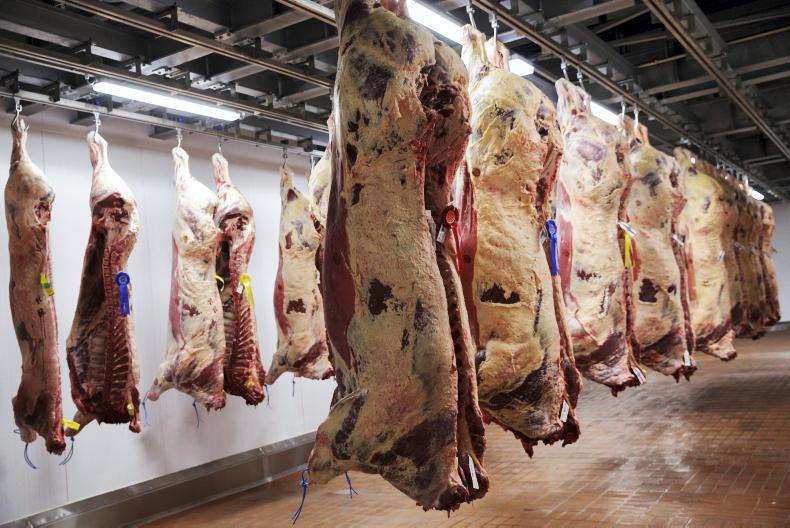

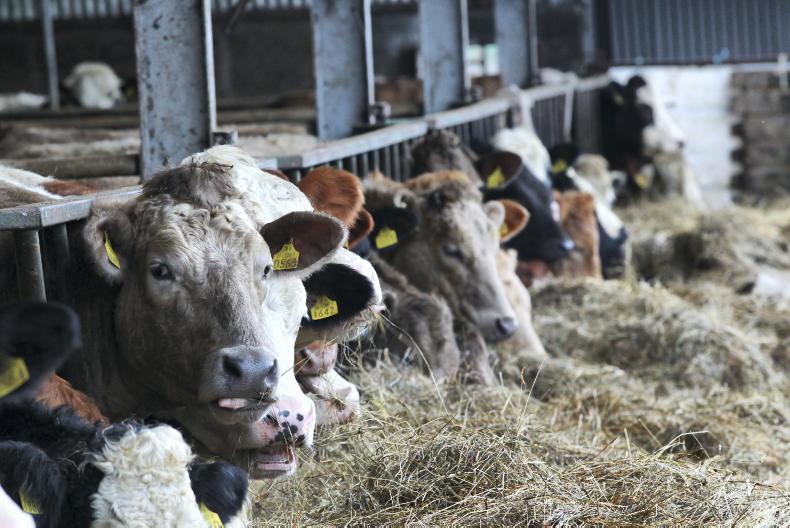
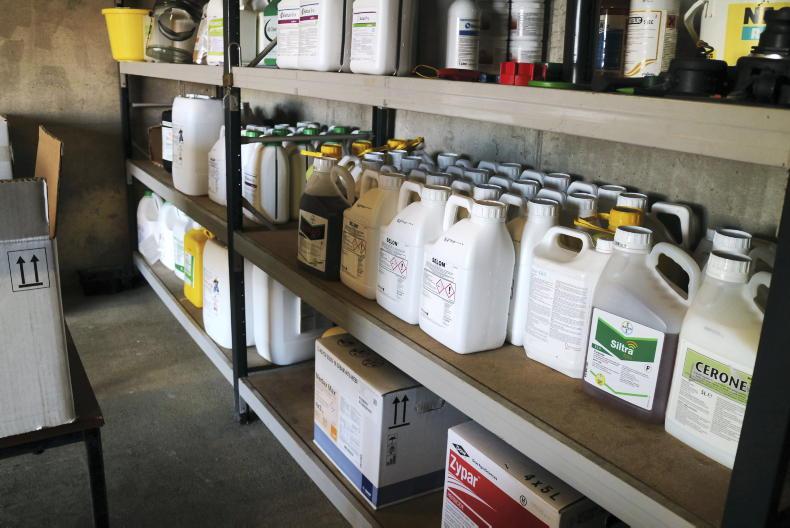
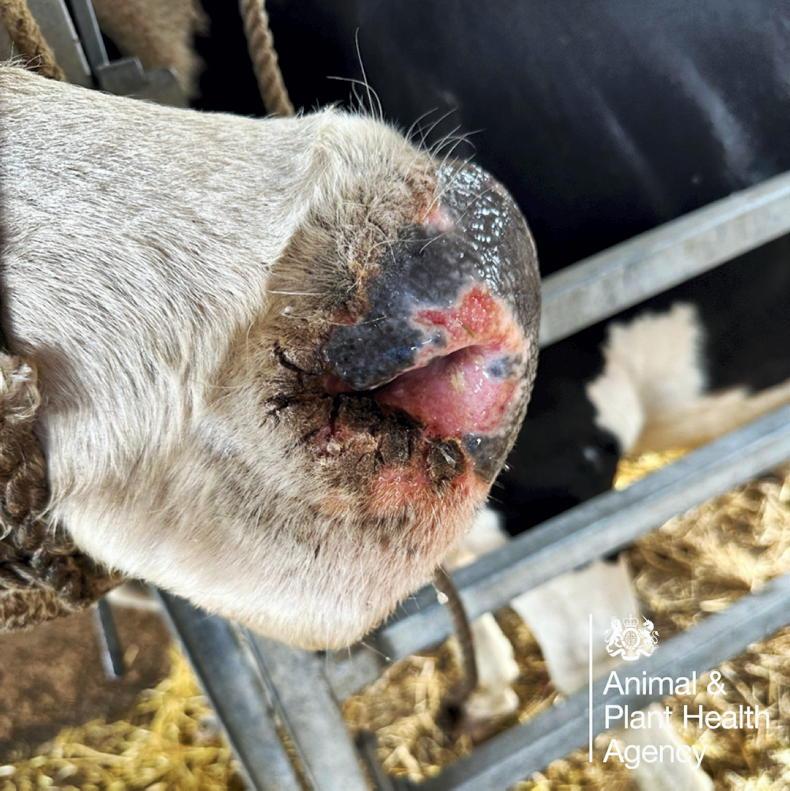
SHARING OPTIONS